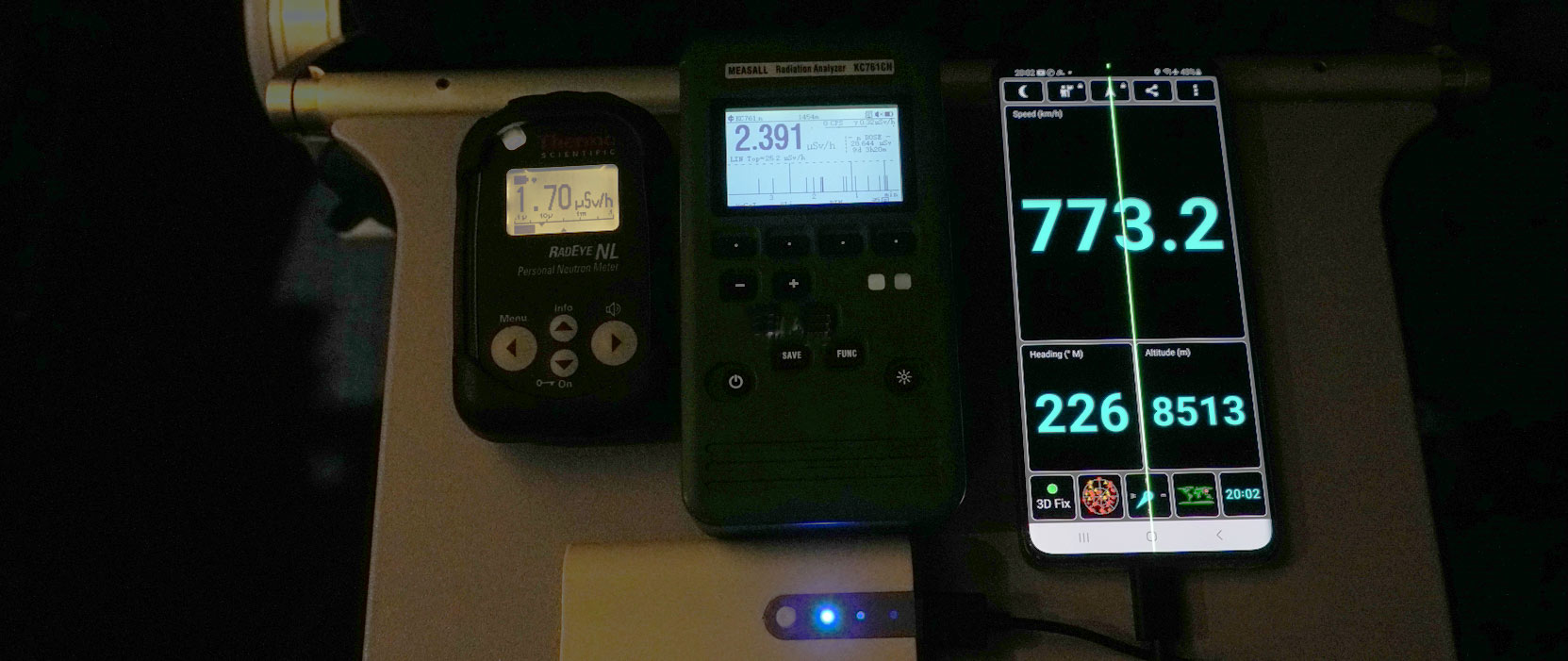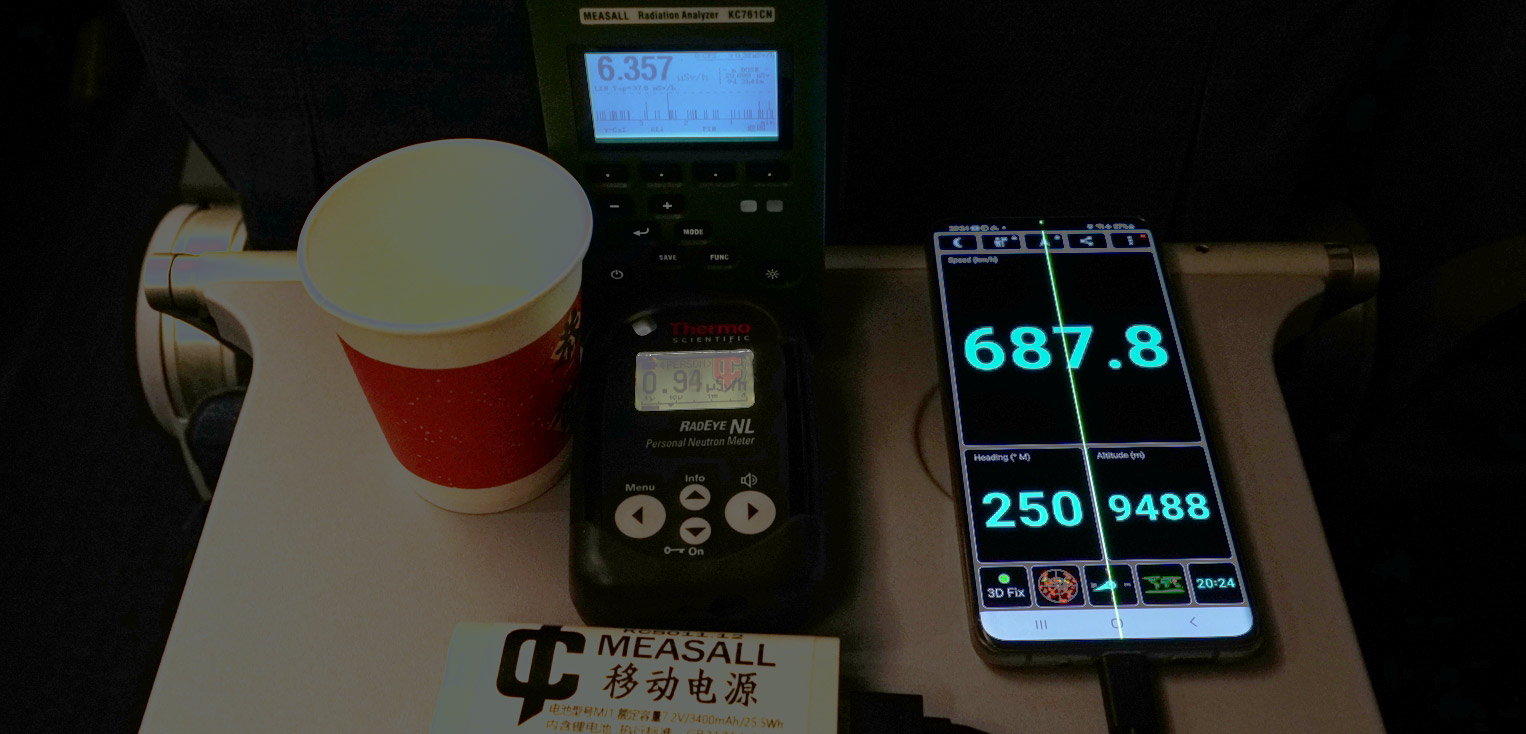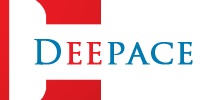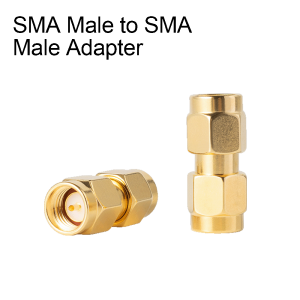As commercial aviation reaches cruising altitudes of approximately 10 kilometers, passengers and crew are exposed to increased levels of cosmic radiation. Among these, neutron radiation poses unique challenges due to its penetrating nature and the complexities involved in its detection. The KC761CN, developed by MEASALL, is a handheld radiation detector designed to measure neutron radiation alongside alpha, beta, and gamma radiation. This article delves into its performance during high-altitude flights, offering valuable insights into its efficacy and reliability.

Understanding Neutron Radiation at Flight Altitudes
At sea level, Earth’s atmosphere provides substantial shielding against cosmic rays. However, at cruising altitudes (~10 km), this protection diminishes, leading to elevated exposure levels. Literature indicates that gamma radiation can reach up to 0.5 μSv/h, while neutron radiation averages around 2.5 μSv/h in low-latitude regions. Interestingly, while neutron radiation peaks around 10 km, it slightly decreases at higher altitudes, even as other radiation types may increase.
Challenges in Neutron Detection
Detecting neutron radiation is inherently challenging due to neutrons’ lack of electric charge, making them less interactive with detection materials. Typically, neutrons must be “moderated” or slowed down to be effectively detected. This moderation often requires bulky materials, which are impractical for in-flight measurements. Some innovative approaches have utilized human tissue analogs, like thigh models, to simulate moderation effects.
Standard calibration of neutron detectors employs sources like Americium-Beryllium (AmBe) or Californium-252 (Cf-252), which differ from cosmic-ray-induced neutrons in energy spectrum. This discrepancy can lead to measurement biases when detectors are used in aviation contexts.
KC761CN: Performance at High Altitudes
In a recent study, two neutron detectors were evaluated: the KC761CN and the RADEYE NL. On the ground, both devices registered negligible background radiation levels. However, at altitudes above 2,000 meters, discrepancies emerged:
- KC761CN: Displayed readings approximately 50% to 100% higher than the RADEYE NL. Occasionally, it recorded neutron dose rates exceeding 10 μSv/h.
- RADEYE NL: Showed maximum readings around 2 μSv/h. Its design, featuring a smaller proportional counter and lower internal pressure, may contribute to longer signal smoothing times, potentially masking transient high-dose events.
These variations underscore the importance of detector design and calibration in accurately assessing neutron radiation exposure during flights.

Implications for Aviation Safety and Detector Design
The findings highlight several critical considerations:
- Calibration Standards: Detectors calibrated with terrestrial neutron sources may not accurately reflect cosmic-ray-induced neutron spectra encountered at flight altitudes.
- Detector Sensitivity: Design elements, such as detector size and scintillator design, significantly influence sensitivity and response times, affecting real-time monitoring capabilities.
- Moderation Effects: The aircraft environment, including passenger bodies and materials like plastics, can act as neutron moderators, impacting detector readings.
For aviation safety, especially concerning frequent flyers and aircrew, understanding and accurately measuring neutron radiation exposure is paramount. The KC761CN’s performance suggests it may offer more accurate readings in high-altitude environments compared to some alternatives. However, further research and development in neutron detection technologies tailored for high-altitude applications remain essential.

